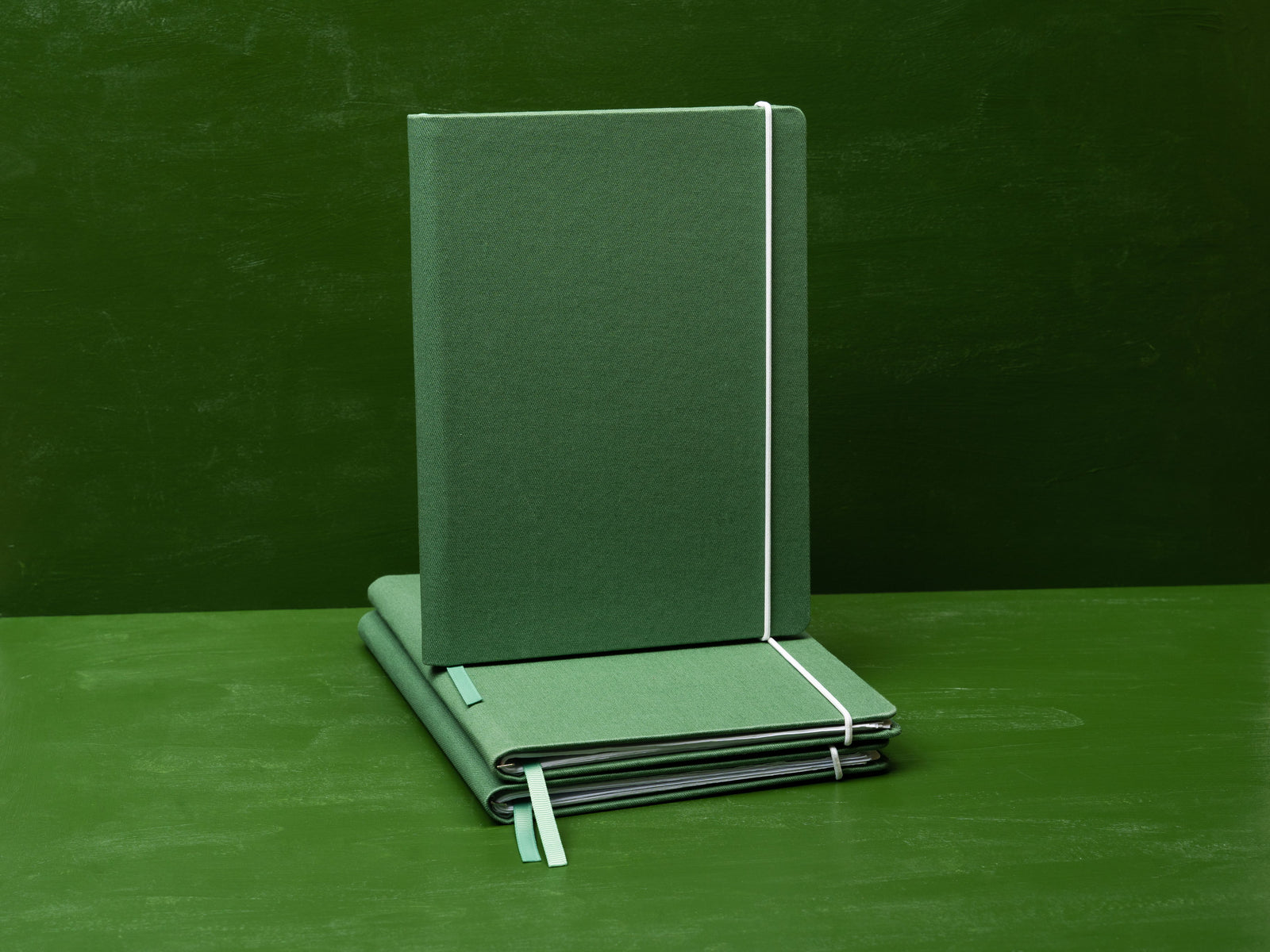🌳5 million tonnes of paper waste were generated by Australians from 2018-19, a 5.4% increase from prior period.
🌳An average 20% of household landfill waste was paper - the second highest type.
🌳In the US, a whopping 67.3 million tonnes of paper waste, or 23% of all landfill waste, were generated in 2018 - more than any other types of waste including plastics at 12.2%
Due to compression systems in landfills to reduce space for garbage, the air needed for paper to break down is removed.
Not only does this mean paper does not biodegrade in just weeks as commonly believed; it results in production of methane gas, making a greater environmental hazard.
Paper is often regarded as the lesser of two evils next to plastics. While it is important to reduce single-use plastics, we need to remember that paper comes from trees - the natural resource that forms the basis of sustaining life on earth.
Trees not only produce oxygen, but they absorb carbon dioxide from the atmosphere, thus slowing the rate of global warming and climate change.
So why shouldn't we minimise use of tree-based products to protect this vitally crucial natural resource?
This highlights the importance of reducing and reusing BEFORE recycling.
Recycling needs many natural resources, including water and energy. It is vital we reuse what we can before we have to resort to recycling.
It is also this ethos that drives the Paper Saver and our mission to help reduce waste and reuse the paper made from our precious natural resources.
Australia Bureau of Statistics, Nov 2020.
US Environmental Protection Agency, Jul 2021.









